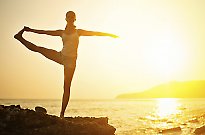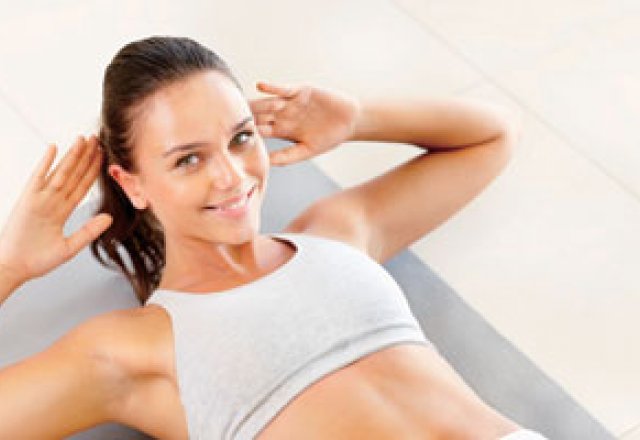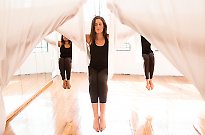
Yoga Vs. pilates

Find the right exercise for your body
Pilates and yoga are both great for improving strength and flexibility. Which one is right for you?
Yoga
Yoga means ‘union, bringing together, connection and communion’ in Sanskrit and refers to the union between the individual self (jiva) and the universal self (atman). Yogi’s think of this as self-realisation, or personal consciousness connecting with global consciousness. There is evidence to suggest that it originated in India over 26,000 years ago. It’s not just a series of postures that happen to be good for flexibility and toning of the muscles, it is a way of life.
“The most significant result achieved by yoga is the restoration of harmony in the body, mind and emotions,” says Yogi, Andrew Sanderson from Ashram Yoga. “Yoga simultaneously strengthens and relaxes the body through low-impact postures and movements. It is a powerful but gentle form of exercise that is easily adaptable to suit all needs including pregnancy, age, injury and illness.”
According to Andrew, yoga is most suitable for people who want a holistic and balanced approach to exercise without strain or overexertion. Peter Nilsson, director of the Yoga Academy agrees, saying that, “yoga is great for calming of the mind and stress relief.” Physiotherapist and director of The New Zealand School of Yoga, Sharon Byron-McKay, claims that the holistic fitness achieved is totally unique to yoga. “The body, mind and breath stay relaxed, even as you stretch, strengthen and tone, at the same time stimulating the circulation to every muscle, nerve, gland and organ,” she says. “In a yogic sense, this has the deep effect of energising and invigorating the entire system, without irritation to the nerves or heart.”
Pilates
Pilates is a fitness system developed by Joseph Pilates in the early 20th century. Sometimes called ‘Contrology’, Pilates is based on aerobics and yoga postures of Surya Namaskaras. It was originally developed by Joseph as a way to improve the rehabilitation program of returning war veterans. Used as a form of exercise as it most commonly is now, Pilates is an effective way to stretch, strengthen and balance the body. It pays particular attention to the core, the idea being that if the core muscles of the body are strong, then the rest of the body will be relieved of unnecessary tension allowing it to function properly and move more smoothly.
The Pilates philosophy states that strengthening the deep abdominal muscles and stabilising the upper torso brings stability and strength to the rest of the torso. “A growing number of physiotherapists utilise Pilates as a treatment modality in the clinical setting,” says physiotherapist, Dean Rhodes. “Pilates reinforces the correct positioning of joints, ultimately reducing biomechanical stresses on the pain sensitive structures surrounding these joints.”
Which one is right for you?
The difference between yoga and Pilates is comparable to the different beliefs of the Eastern and Western worlds. It is not so much a physical difference as it is a philosophical one. If you want a workout that places as much emphasis on spirituality and stress relief as it does on strengthening and flexibility then yoga is your best bet. If, however, your goal is injury rehabilitation or a workout that builds strength and flexibility while lengthening and shaping muscles, with less emphasis on the spiritual side then Pilates might be a better option for you.
Photocredit: iStock


